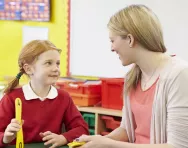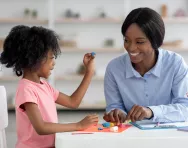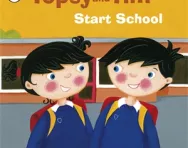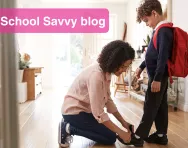TheSchoolRun.com closure date
As we informed you a few months ago, TheSchoolRun has had to make the difficult decision to close due to financial pressures and the company has now ceased trading. We had hoped to keep our content available through a partnership with another educational provider, but this provider has since withdrawn from the agreement.
As a result, we now have to permanently close TheSchoolRun.com. However, to give subscribers time to download any content they’d like to keep, we will keep the website open until 31st July 2025. After this date, the site will be taken down and there will be no further access to any resources. We strongly encourage you to download and save any resources you think you may want to use in the future.
In particular, we suggest downloading:
- Learning packs
- All the worksheets from the 11+ programme, if you are following this with your child
- Complete Learning Journey programmes (the packs below include all 40 worksheets for each programme)
You should already have received 16 primary school eBooks (worth £108.84) to download and keep. If you haven’t received these, please contact us at [email protected] before 31st July 2025, and we will send them to you.
We are very sorry that there is no way to continue offering access to resources and sincerely apologise for the inconvenience caused.
Back to school behaviour: What teachers see after summer

The new school year is here! While many children return full of energy, it’s common to notice a few bumps along the way as everyone adjusts to the classroom again. Teachers are no strangers to these challenges, and with the right support, parents can play a big role in helping children settle back in.
Let’s explore what teachers see post-summer and how you can make this transition smoother for your child.What Teachers Notice After Summer Break
What teachers notice after summer break
Once the school doors open, teachers often spot some common behaviours and challenges.
Here’s what you might see:
- Restlessness and trouble focusing: After weeks of freedom, sitting still can be tough. Late bedtimes and unstructured days can make it hard for kids to adjust to classroom routines.
- Social adjustment: Fitting back into school life, especially for younger children, can be tricky. Some feel anxious about friendships or group dynamics. Friendly chats about sharing and kindness are often part of our first weeks back!
- Learning gaps: The 'summer slide' is real! Kids may forget some of what they learned last year. Thankfully, teachers are prepared to fill those gaps and get those brains buzzing again.
- Emotional rollercoasters: Excitement, anxiety or both—emotions can run high at the start of a new year. Children might act out or withdraw as they navigate these feelings. Schools usually build in transition time to help ease these emotions.
Challenges teachers face
Getting everyone back on track isn’t easy, and teachers face a few hurdles early on, including:
- Rebuilding classroom structure: After a long break, re-establishing classroom routines is key. At our school, we dedicate time in the first week to practice our rules, helping both kids and teachers ease into the school year.
- Bridging learning levels: Some students keep up their learning over summer; others need extra help catching up. Teachers plan lessons that cater to every student’s pace, ensuring no one feels left behind.
- Managing energy and behavior: With emotions running high, behavioural issues can pop up. Establishing a positive classroom environment with clear rules—and lots of smiles—helps set the tone for the year. The old “Don’t smile until Christmas” rule? Thankfully, it’s long gone. Smiles, hugs, and compliments are part of the plan now!
How parents can help: 5 simple steps
Parents are key players in making sure the transition back to school is smooth.
Here’s how you can help:
- Re-establish routines: Start adjusting bedtime and morning routines before school begins, but if it's already started then it will still be helpful to start building a good sleep routine. A structured day helps ease kids back into learning mode.
- Encourage learning at home: Keep their brains active! Reading, puzzles and games can make learning fun and keep them sharp during the first few weeks.
- Talk positively about school: Share excitement about school. Ask your child about their day, focusing on fun moments to keep conversations light and positive.
- Stay in touch with teachers: Communication is key. If you notice struggles at home, reach out to the teacher early on. Teamwork helps tackle any issues quickly.
- Offer emotional support: Adjusting takes time. Reassure your child that it’s okay to feel anxious and remind them they’re not alone in this process.
A team effort
The first few weeks back can be a little bumpy, but with support from both teachers and parents, it’s possible to smooth things out. By working together, we can create an environment where children feel ready and excited to learn. Let’s make this school year one filled with growth, learning and fun!
Matt Revill is a primary school headteacher with over 20 years experience of working in schools. He has worked in a range of settings and currently works within a multi-academy trust of 14 schools. In his free time, he enjoys reading, computing, holidaying and spending time with his family and friends. Matt has a son who is currently working his way through A-levels at college.






